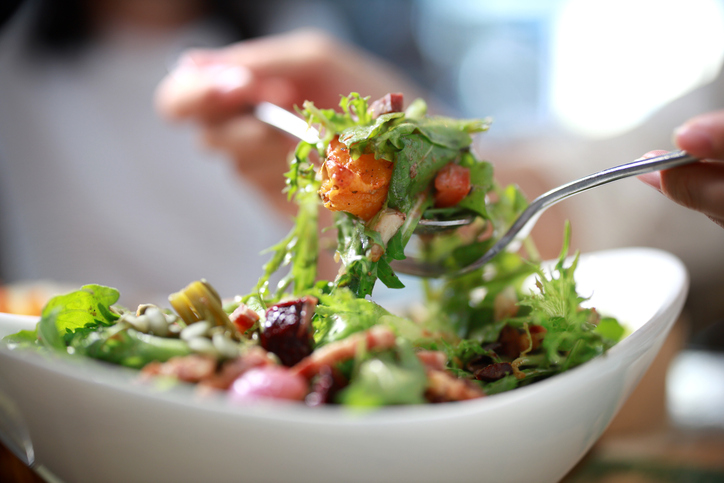Let’s talk about food spoilage. It is a factor of life that none of us enjoy. You go to the market and purchase your groceries, you return to your home, store your food away and wake up to find that your strawberries are spoiling, your tomatoes are rotting, and your bread is going moldy. While perhaps not overnight, food spoilage is more than an inconvenience that we all face from time to time. We here at SNAP-Ed want to make sure nutritious foods can be ready to eat and not end up as waste. Knowing how to properly store foods can make a big difference in foods ending up in our bellies rather than in the trash.
So how do we keep our food as fresh as possible without going bad?
On the Counter
First, let’s start with fruits and vegetables. What sits best in a fruit bowl on a countertop? Fruits and vegetables such as peaches, pears, lemons, tomatoes, bananas, avocado and oranges ripen best at room temperature before being placed in the fridge. A tip to speed the ripening process is to put the fruit in a paper bag with a ripe banana. Ripening at room temperature will increase the sweetness of the fruit. Other fruits and vegetables to take into consideration are cucumbers, kiwis, mangos, honeydew, watermelon, nectarines, papaya, pineapple, plums, grapefruit and pomegranates. These fruits can also sit on the countertop before being placed into a refrigerator. Once they are ripe though, make sure to put them in the fridge to keep them fresh as long as possible.
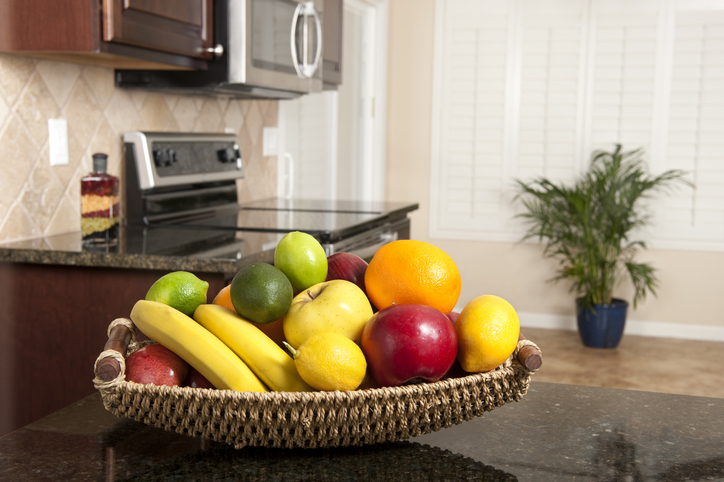
In the Fridge
On the other hand, fruits and vegetables such as grapes, apples, berries, lemons, limes, peppers, lettuce and broccoli should be stored in the refrigerator to extend their nutrients and prevent them from spoiling quickly. Vegetables such as cilantro, parsley, spinach, asparagus, leeks, kale, artichokes and sprouts should also be refrigerated. If it is fresh and green, it more than likely requires cool and cold temperatures. Keep in mind that some fruits release a gas that spoil vegetables. To avoid this from happening store your fruits and vegetables separately in the fridge.
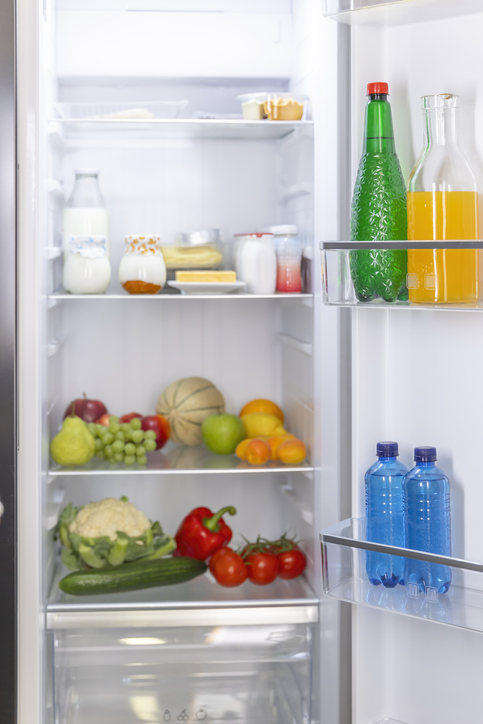
In the Dark
Some fruits and vegetables last longest in a cool, dark, dry place such as a pantry. Fruits and vegetables that fall into this category include garlic and onions, potatoes, pumpkins, eggplants and sweet potatoes. Ginger, summer squash and winter squash tend to last longer under dark and dry conditions. To extend the life of these even further be sure to keep onions away from other produce as they can release a gas which can speed up spoilage. Potatoes do best by being stored in a paper bag or cardboard box in the pantry.
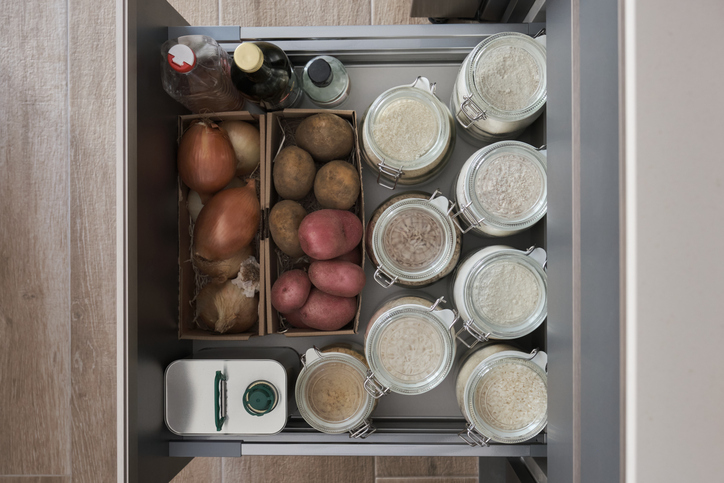
In the Freezer
Lastly, freezing fruits and veggies is a great way to preserve them and reduce food waste. Foods such as broccoli and other green veggies, berries, grapes, bananas and corn can all be cut up and placed in freezer bags for future use. Cut up vegetables can be frozen and used in soups or stews or in other of your favorite recipes.
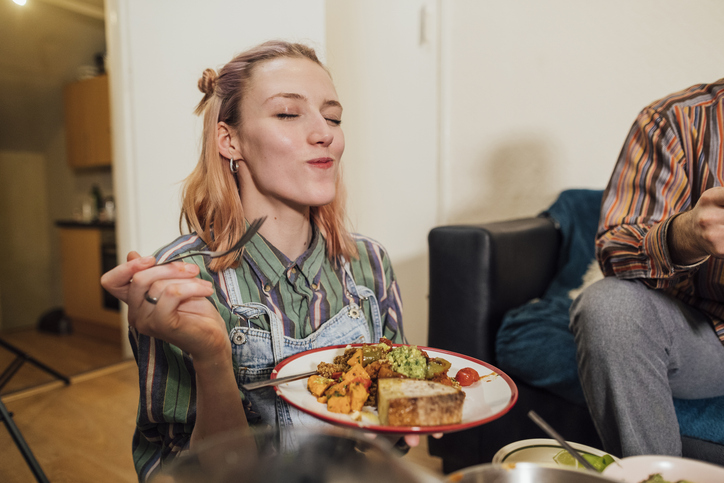
Although we may not be able to prevent food spoilage from ever happening these tips should help reduce the amount of spoilage we experience and prolong the freshness and nutrients as best as we can for happier and more delicious meals.
For additional tips on how to prevent food waste check out our previous blog Reducing Food Waste at Home.
Did you find this blog post helpful? Please click the heart button!

